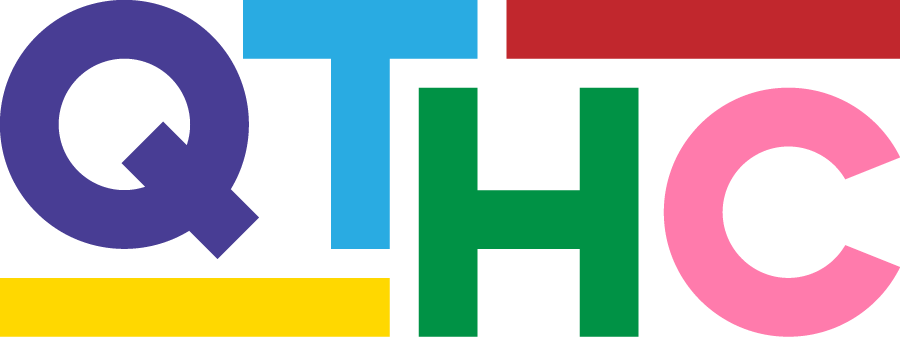Purpose
We know 2SLGBTQ+ individuals use substances at higher rates than the general population. However, very little is known at a local level about the experiences of 2SLGBTQ+ individuals who use substances and their access to relevant harm reduction tools, supports, and services. Funded by Alberta Health’s Opioid Awareness Grant, the QTHC, Fruit Loop, and the Edmonton 2 Spirit Society designed and delivered a survey aimed at filling these knowledge gaps.
The survey was delivered using Google Forms and was promoted primarily via social media (i.e. Facebook and Twitter). Responses were received from July 28, 2018 to September 2, 2018.
Respondent Inclusion Criteria
In order to participate in the survey, respondents had to meet two criteria:
Respondents had to identify as a sexual or gender minority; or report having had sex with a person of the same gender in the last twelve months.
Respondents had to report having used substances in the last twelve months (other than alcohol and marijuana).
Note: Participants were advised that substance use, for the purposes of this survey, did not include the use of prescription drugs, if they are being used as prescribed. However, use of prescription drugs without a prescription or more often/frequently than prescribed was considered substance use for the purposes of the survey.
Of the 206 people who started the survey, 135 respondents met the two inclusion criteria and completed the remainder of the survey.
Demographics
Here is a snapshot of who completed the survey:
Location: Nearly all respondents lived in the Edmonton area (respondents provided the first three digits of their postal code)
Age: 40% were aged 18-24, 39% were aged 25-34, 13% were aged 35-44, ~8% were 45+
Gender: 43% Cisgender Male, 32% Cisgender Female, 16% Non-Binary, 8% Trans Male, 5% Trans Female [Note: individuals could select more than one option]
Sexual Orientation: 40% gay, 30% pansexual, 27% queer, 22% Bisexual, 9% Lesbian [Note: Individuals could select more than one option]
16% of respondents identified as a person with a disability
12% of respondents identified as First Nations, Métis, or Inuit
10% of respondents identified as belonging to a racialized group
Limitations
While the survey is a useful tool to better understand community substance use, there are some limitations. Some of these limitations include:
Convenience Sampling: By using social media networks of partners to recruit respondents, the survey sample was likely not representative of all Edmonton 2SLGBTQ+ individuals who use substances.
Cross-Sectional: Cross-Sectional surveys measure the experiences of respondents in one place, at one time. These surveys cannot measure changes in a population over time.
Demographics: The audience was younger and more male than the broader Edmonton 2SLGBTQ+ population likely is.
Significant Findings
Below you will find several infographics we’ve created to showcase findings of interest. Infographics are shareable and print copies are available upon request.









